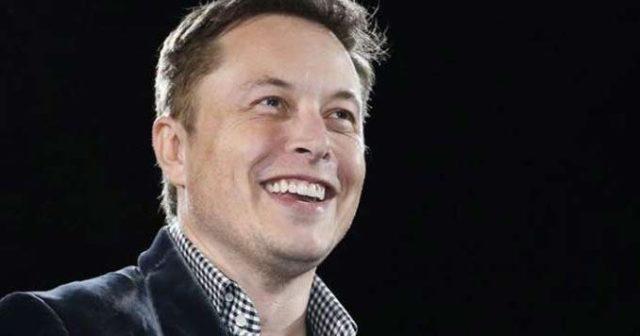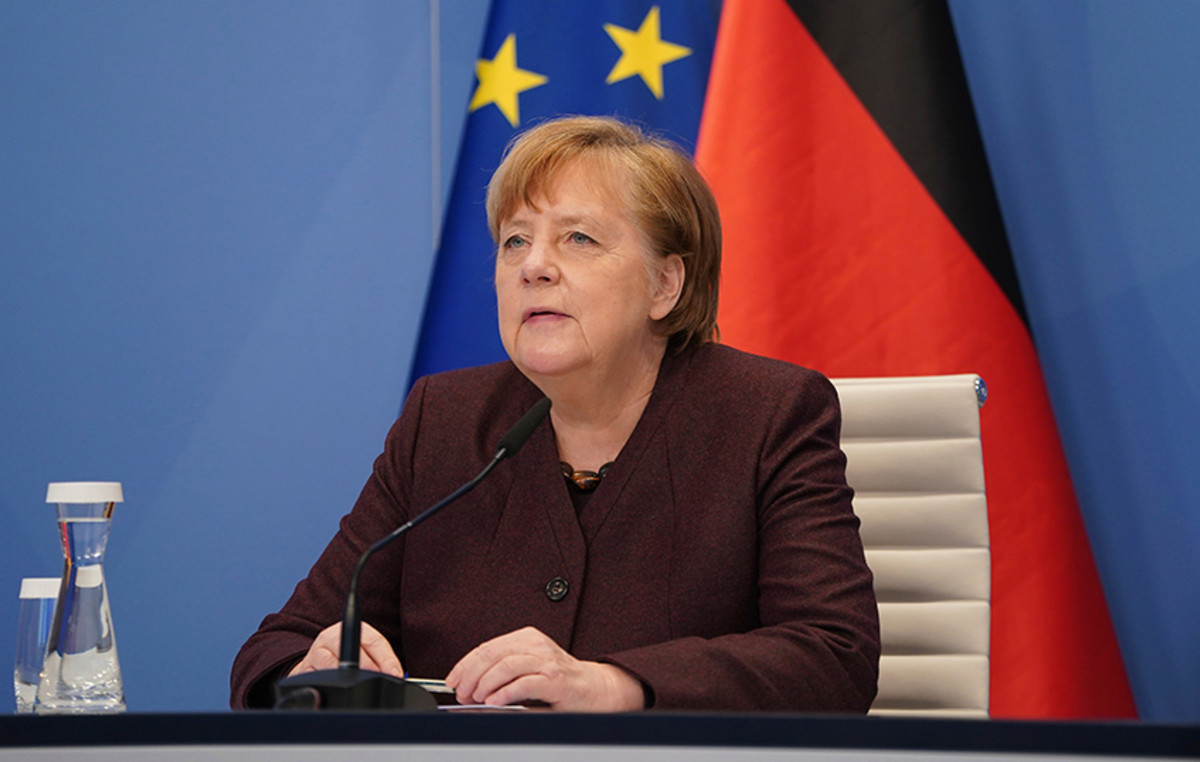By Enrique Diaz – Alvarez
The ruble was one of the emerging market currencies we are watching closely. Our view of its course is based mainly on the fundamental macroeconomic characteristics of Russia that differentiate the country.
What are these:
1) Large surplus of current transactions
Since the late 1990s, Russia has recorded large current account surpluses, mainly based on the country’s exports of energy commodities, mainly crude oil and natural gas. Strong demand and ever-rising prices in the fourth quarter of 2021 resulted in the largest current account surplus ever recorded. Last year’s surplus of $ 120.3 billion was also the highest ever recorded in nominal terms, amounting to about 7% of the country’s GDP, according to our estimates.
2) Huge reserves in foreign currency
It is important to note that Russia is one of the few countries in the emerging economies that has amassed an impressive amount of foreign exchange reserves. The Central Bank of Russia now has $ 630.2 billion in foreign exchange reserves in its coffers, equivalent to about 20 months of imports. We believe that this amount will be able to provide space for immediate intervention and prevent speculative betting against the currency.
3) Conservative Fiscal Policy
Russia’s fiscal position is impressive, with its debt-to-GDP ratio at just 17.8% in 2020. An expected fiscal surplus for 2021 suggests that the fiscal position is likely to improve in 2021. External debt remains just as low. at about 30% of GDP.
Russia also has one of the highest interest rates in the world, making it attractive to investors. So far in this cycle, the bank has raised interest rates in eight cases, raising the benchmark by a total of 525 basis points to 9.5%, and this is probably not the end of the increases. In addition, Russia has positive deposit rates that are quite rare today, even in the emerging markets.
Due to the importance of oil and gas for the Russian economy, the ruble is also a commodities currency, which means that its behavior should, in part, reflect the changes in energy commodity prices that have continued. have been moving upwards in recent quarters and have risen to much higher levels than they were before the pandemic.
We assume that trends in Russia ‘s fundamental size, monetary policy and commodity prices will remain as described above to a large extent, providing support for the ruble. Russia is now at the center of geopolitical tensions with Ukraine. The danger of a Russian attack on its neighboring country and the sanctions that would follow from the West led to a shift in sentiment against the ruble and Russian assets, which has been particularly visible for the past two months or so.
The euro equity reached 90.0 at the end of January, its highest level since spring 2021. We continue to expect the EUR / RUB pair to escalate and the 78.0 level to fall to 78.0 at the end of 2022. If In the event of a military conflict, we could see a significant drop in the ruble, especially given that market pricing so far does not indicate that investors are prepared for this risk.
* Enrique Diaz – Alvarez is Chief Risk Officer of the international payment company Ebury
Source: Capital
I am Sophia william, author of World Stock Market. I have a degree in journalism from the University of Missouri and I have worked as a reporter for several news websites. I have a passion for writing and informing people about the latest news and events happening in the world. I strive to be accurate and unbiased in my reporting, and I hope to provide readers with valuable information that they can use to make informed decisions.







